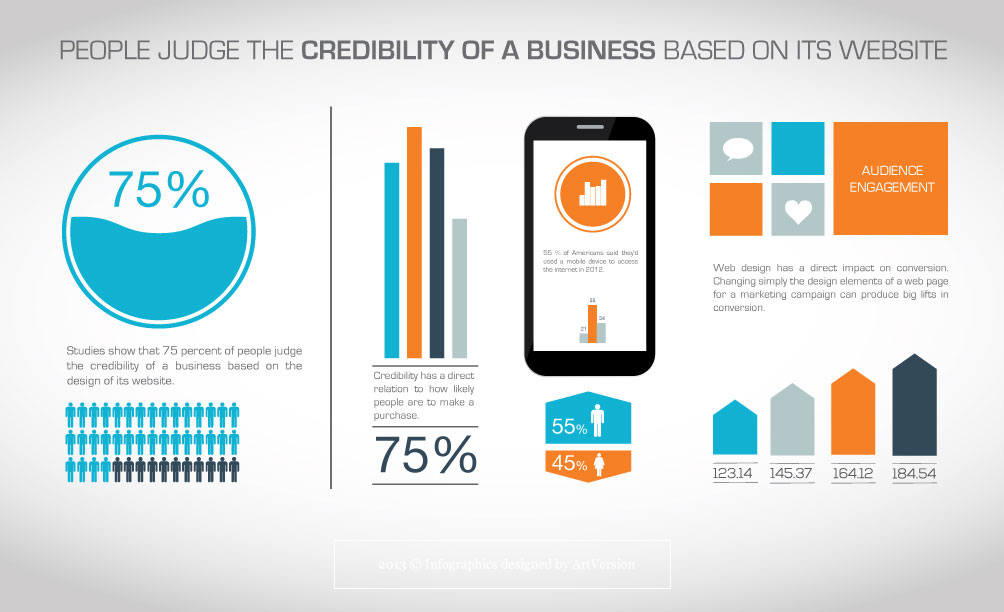Intrigued In Learning How Site Design Has Progressed? Take A Journey Via The Makeover
Intrigued In Learning How Site Design Has Progressed? Take A Journey Via The Makeover
Blog Article
Material Author-Kinney Bojesen
In the past, web sites were straightforward and concentrated on details. Navigating was straight, and style was for desktop computers. Currently, individual experience is vital. Data overviews layouts for very easy navigating. Receptive formats match different devices. Today, dark mode minimizes stress, and minimal menus improve navigating. Interactive features engage individuals, and bold visuals stand apart. AI combination increases interaction. See exactly how style has evolved to improve your online trip.
Early Days of Web Design
In the early days of web design, simpleness reigned supreme. Websites were fundamental, with restricted colors, typefaces, and formats. The emphasis got on supplying information as opposed to flashy visuals. Users accessed the internet through sluggish dial-up connections, so rate and performance were crucial.
Navigation food selections were straightforward, typically situated on top or side of the web page. Sites were made for desktop, as mobile surfing wasn't yet prevalent. Web content was king, and developers focused on very easy readability over complex design components.
HTML was the key coding language used, and designers needed to work within its restraints. Animations and interactive features were marginal compared to today's criteria. Sites were fixed, with little dynamic material or personalized user experiences.
Surge of User-Focused Style
With the advancement of website design, a shift in the direction of user-focused style concepts has actually come to be progressively popular. Today, producing web sites that focus on user experience is essential for engaging visitors and accomplishing service goals. User-focused style involves understanding the needs, preferences, and habits of your target audience to customize the website's design, material, and features appropriately.
Designers currently conduct complete research study, such as individual studies and use testing, to gather insights and comments directly from customers. This data-driven technique assists in producing user-friendly navigation, clear calls-to-action, and visually appealing interfaces that reverberate with visitors. By putting mouse click the up coming internet site at the facility of the style procedure, internet sites can deliver a more customized and satisfying experience.
Responsive style has likewise become an essential facet of user-focused design, making sure that sites are enhanced for various tools and screen dimensions. This flexibility enhances ease of access and usability, dealing with the varied means individuals engage with sites today. Essentially, the increase of user-focused layout symbolizes a change in the direction of producing digital experiences that prioritize the requirements and expectations of completion customer.
Modern Trends in Web Design
Discover the current fads shaping web design today. One famous pattern is dark mode style, offering a smooth and modern look while lowering eye stress in low-light atmospheres. Another essential trend is minimalist navigation, streamlining food selections and boosting customer experience by concentrating on essential elements. Incorporating micro-interactions, such as computer animated buttons or scrolling results, can produce a much more interesting and interactive site. Responsive design stays important, making sure smooth individual experiences throughout different tools. Additionally, using vibrant typography and unbalanced layouts can add aesthetic passion and accentuate particular material.
Integrating AI innovation, like chatbots for consumer support or individualized suggestions, boosts user engagement and improves processes. Ease of access has also end up being a considerable pattern, with designers focusing on comprehensive style techniques to satisfy varied user demands. Accepting sustainability by optimizing internet site efficiency for speed and efficiency is an additional emerging trend in web design. Teaming up with individual feedback and data analytics to iterate and boost style continuously is necessary for remaining appropriate in the ever-evolving electronic landscape. By accepting these modern fads, you can produce a visually enticing, user-friendly web site that resonates with your target market.
Conclusion
As you assess the development of website layout from the early days to currently, you can see just how user-focused design has come to be the driving force behind modern trends.
Accept the trip of adjustment and adaptation in web design, constantly maintaining the customer experience at the leading edge.
Tippingpointdigital
Stay present with the current fads and innovations, and never ever quit advancing your strategy to develop visually sensational and straightforward web sites.
Develop, adjust, and produce - the future of website design remains in your hands.
